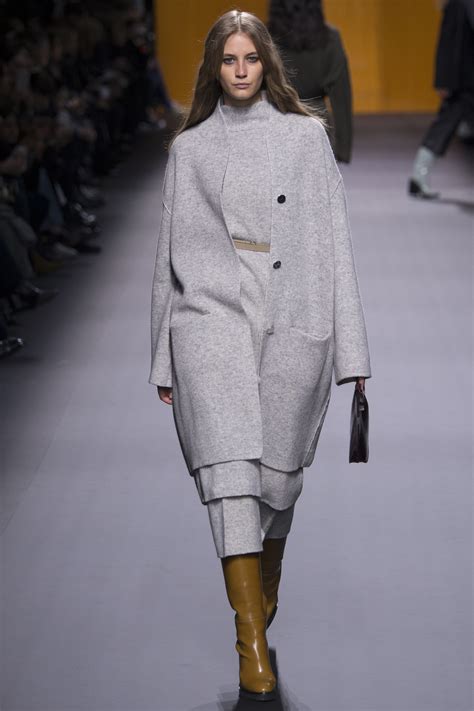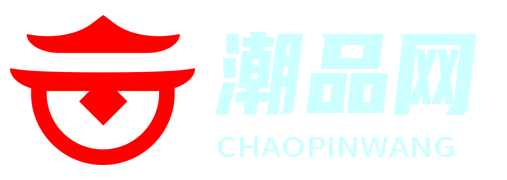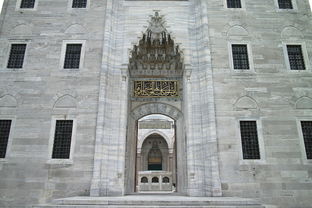Title: Exploring the World of Monochrome Fashion: Insights from a Comprehensive Dataset
Fashion, an everevolving realm of creativity and expression, finds its essence not only in diverse styles but also in the subtleties of color. The allure of monochrome attire, characterized by its simplicity and elegance, has captivated fashion enthusiasts for generations. In this discourse, we delve into the realm of monochrome fashion through the lens of a comprehensive dataset, unraveling trends, insights, and potential directions for enthusiasts, designers, and industry stakeholders.
Introduction
Monochrome fashion, defined by its utilization of a single color or shades of a single color, holds a timeless appeal that transcends cultural and temporal boundaries. The emergence of datasets focusing on this facet of fashion provides a rich tapestry for analysis, enabling us to discern patterns, preferences, and market dynamics.
Understanding the Dataset
The monochrome fashion dataset encompasses a vast array of parameters, including but not limited to:
1.
Color Palette
: Ranging from classic black and white to vibrant hues of red, blue, and beyond.2.
Garment Types
: Encompassing diverse categories such as tops, bottoms, dresses, outerwear, and accessories.3.
Material Composition
: Detailing the fabrics used, from cotton and silk to leather and denim.4.
Brand Information
: Identifying the creators and manufacturers behind each ensemble.5.
Price Points
: Reflecting the economic accessibility or exclusivity of monochrome fashion.Trends and Insights

Analyzing the dataset reveals intriguing trends and insights:
1.
Color Dominance
: While black remains a perennial favorite, shades of gray, navy, and beige are gaining prominence, suggesting a subtle shift towards understated elegance.2.
Gender Neutrality
: Monochrome fashion transcends traditional gender boundaries, with unisex and androgynous designs gaining traction.3.
Texture Play
: Experimentation with textures, such as velvet, suede, and chiffon, adds depth and visual interest to monochrome ensembles.4.
Sustainable Practices
: Consumers are increasingly gravitating towards ecofriendly materials and ethical production practices, influencing purchasing decisions within the monochrome fashion landscape.5.
Minimalist Aesthetics
: The rise of minimalist lifestyles is mirrored in monochrome fashion choices, with clean lines and simple silhouettes dominating the scene.Implications and Recommendations
1.
Design Innovation
: Designers can leverage insights from the dataset to innovate and experiment with unconventional color pairings and fabric combinations, breathing new life into monochrome fashion.2.
Market Positioning
: Brands can strategically position themselves by aligning with consumer preferences for sustainable, genderinclusive, and minimalist fashion.3.
Consumer Engagement
: Enhanced understanding of consumer preferences allows for targeted marketing campaigns and personalized experiences, fostering brand loyalty and advocacy.4.
Education and Awareness
: Educating consumers about the environmental and social impact of their fashion choices can encourage mindful consumption practices, driving demand for ethically sourced monochrome apparel.Conclusion
The monochrome fashion dataset serves as a valuable resource for discerning enthusiasts and industry stakeholders alike, offering a nuanced understanding of trends, preferences, and market dynamics. By embracing innovation, sustainability, and inclusivity, the world of monochrome fashion is poised for continued evolution and relevance in the everchanging landscape of style and expression.
This HTML content is tailored to provide insights into the world of monochrome fashion, leveraging data analysis to offer valuable recommendations for enthusiasts and industry players. If you need further details or specific analyses, feel free to ask!








